#Centuries-oldCelebrations
Explore tagged Tumblr posts
Text
Happy Holi 2024: celebrate festival of colours
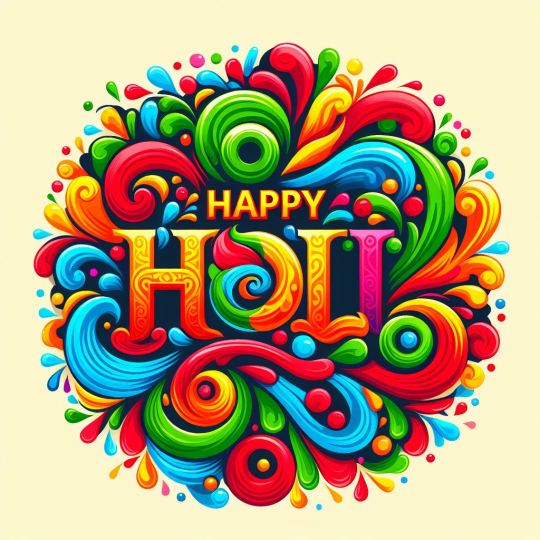
Holi, the vibrant festival of colors, is a much-anticipated event in India, steeped in both cultural and religious significance. Here's a dive into its rich tapestry: Preparations and Festive Atmosphere: How Indians Gear Up for Holi Colors Galore: A Deep Dive into the Symbolism and Tradition of Gulal Traditional Treats and Delicacies: Indulging in Holi Specialties Community Gatherings and Festive Rituals: Understanding Holi Traditions Across India Music, Dance, and Merrymaking: The Joyful Spirit of Holi Celebrations Holi Around the Nation: Regional Variations and Unique Customs Eco-Friendly Holi: Promoting Sustainable Practices and Safe Celebrations Capturing the Magic: Holi Photography Tips and 2024 Highlights Happy Holi! Reflections on Unity and Togetherness: Holi's Message of Love and Harmony in Modern India Religious Roots: - Victory of Good over Evil: Holi celebrates the triumph of good over evil, as exemplified by the legend of Prahlad and his demoniac aunt Holika. Holika, tricked by Prahlad's devotion to Lord Vishnu, perished in the flames meant for him. The burning of Holika, symbolically recreated during Holi, marks this victory. - Myth of Kamadeva: Another legend associates Holi with Kamadeva, the god of love. After being reduced to ashes by Lord Shiva's anger, Kamadeva was later revived. Holi signifies the return of spring and the blossoming of love. Cultural Significance: - Welcome Spring: Holi coincides with the arrival of spring, marking the end of winter and the beginning of a bountiful harvest season. The vibrant colors symbolize the blossoming of flowers and the renewal of life. - Social Harmony and Forgiveness: Holi transcends religious boundaries and brings people together. The playful throwing of colors breaks down social barriers and fosters a spirit of forgiveness and reconciliation. - Celebration of Life: Holi is a time for joy, revelry, and community. People of all ages and backgrounds come together to sing, dance, and feast, celebrating life and its beauty. Holi in Jaipur: Being in Jaipur, you're in for a treat! Holi in the Pink City is a sight to behold. Here are some special local traditions: - Elephant processions with vibrant colors. - Holi bonfires (Holika Dahan) the night before. - Unique local colors like Lathmar Holi, where women playfully chase men with sticks. Holi is a multifaceted festival that transcends religion and unites communities. It's a celebration of life, spring, and the triumph of good over evil. So, when Holi arrives, get ready to be doused in colors and experience the infectious joy of this incredible festival!
Preparations and Festive Atmosphere: How Indians Gear Up for Holi

Preparations and Festive Atmosphere: How Indians Gear Up for Holi As Holi approaches, a wave of excitement washes over India. Here's a glimpse into how Indians gear up for this vibrant celebration: Before the Festivities: - Stocking Up on Colors: Vibrant dry powders (gulal) and water guns (pichkaris) become common sights in markets. People choose natural, eco-friendly colors made from herbs and flowers whenever possible. - Sweet Treats and Savories: Homes transform into bustling kitchens as families prepare traditional delicacies like Gujiyas (sweet dumplings), Thandai (a chilled beverage), Dahi Vada (savory lentil fritters dipped in yogurt), and Mathri (fried flaky flatbreads). - Preparing for the Play: Old clothes, preferably white, are dug out of closets. Applying oil on exposed skin and hair helps protect them from the colorful onslaught and makes cleanup easier. Building the Atmosphere: - Cleaning and Decorating Homes: Houses are given a thorough cleaning, and rangolis (decorative patterns) made from colored powders or flowers adorn entrances. This welcomes good luck and festivity. - Community Preparations: In some regions, bonfires (Holika Dahan) are lit the night before Holi, symbolizing the burning of evil. Community gatherings and prayer ceremonies might also be held. - Music and Dance: The festive spirit fills the air with vibrant music and dance. Bollywood Holi songs become anthems, and impromptu dance parties erupt on streets and houses. The Day of Holi: - Exchanging Greetings and Colors: As Holi arrives, greetings of "Happy Holi!" fill the air. People step out, ready to be doused in vibrant colors. Laughter, playful chases, and the joy of community paint the town in a kaleidoscope of hues. - Sharing Delicacies: After the color fight, it's time to indulge in the delicious spread of holi delicacies, fostering togetherness and strengthening bonds. Holi preparations are a vibrant part of the festival itself. It's a time for families and communities to come together, share traditions, and create lasting memories. So, if you're lucky enough to experience Holi in India, be prepared to be swept away by the infectious energy and the spirit of this incredible celebration!
Colors Galore: A Deep Dive into the Symbolism and Tradition of Gulal
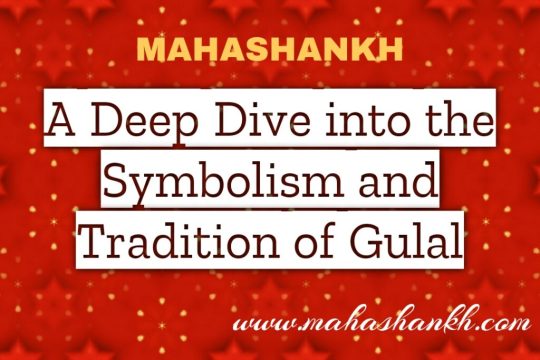
Preparations and Festive Atmosphere: How Indians Gear Up for Holi Gulal, the vibrant colored powder that defines Holi, is more than just a plaything. It's a symbolic element steeped in tradition and cultural significance. Let's delve into the world of gulal: Symbolism of Colors: Each vibrant hue of gulal carries a special meaning: - Red: Often associated with love and passion, red gulal reflects the legend of Radha and Krishna's playful love. It can also symbolize good luck and prosperity. - Green: Representing new beginnings and nature's bounty, green gulal reflects the arrival of spring celebrated during Holi. - Blue: Often linked to Lord Krishna, the blue colored gulal signifies calmness, peace, and eternity. - Yellow: This bright hue is associated with knowledge, optimism, and happiness. It reflects the vibrancy of the festival season. - Pink: A softer shade of red, pink gulal embodies feelings of love, affection, and tenderness. Beyond the Colors: - Natural Ingredients: Traditionally, gulal is made from finely-ground leaves, flowers, and herbs. This not only makes it eco-friendly but can also have subtle medicinal properties depending on the ingredients used. - Blessing and Playfulness: The act of smearing gulal is seen as a way of exchanging blessings and good wishes. It breaks down social barriers and creates a playful atmosphere where everyone is equal. - Auspicious Offering: In some regions, gulal is offered at the feet of deities or sprinkled around homes to usher in good fortune and ward off evil. Modern-Day Concerns: - Chemical-laden Gulal: Unfortunately, commercially produced gulal often contains harsh chemicals that can irritate the skin and eyes. Opting for natural and herbal alternatives is a safer and more eco-friendly choice. The Spirit of Holi: Gulal embodies the essence of Holi – a celebration of life, joy, and togetherness. It transcends social hierarchies and unites people in a vibrant explosion of color. So, the next time you're showered with gulal during Holi, remember the rich symbolism and traditions it carries!
Traditional Treats and Delicacies: Indulging in Holi Specialties
Holi is a riot of colors, but it's also a feast for the senses with a wide array of traditional treats and delicacies. Let's explore some of the culinary delights that make Holi extra special: Sweet Indulgences: - Gujiya: These deep-fried crescent-shaped pastries are a star attraction. Filled with a sweet mixture of khoya (dried milk solids), nuts, and raisins, they are often soaked in sugar syrup for an extra layer of sweetness. - Malpua: These fluffy pancakes, dipped in fragrant sugar syrup and garnished with chopped nuts, are a popular dessert choice. Their crispy exterior and soft, syrupy interior create a delightful textural contrast. - Thandai: This chilled beverage is a refreshing Holi staple. Made with milk, almonds, cashews, fennel seeds, watermelon seeds, and a touch of rosewater, it's a delicious and cooling drink perfect for the warm weather. - Phirni: This creamy rice pudding, flavored with cardamom and saffron, is a simple yet satisfying sweet dish. Some variations might include nuts or chopped fruits for added texture. - Jalebi: These bright orange colored pretzel-shaped sweets, deep-fried and soaked in sugar syrup, are a popular choice across India. Their crispy exterior and sugary glaze make them a melt-in-your-mouth treat. Savory Delights: - Dahi Bhalla: These crispy lentil fritters, soaked in creamy yogurt and topped with chutneys and spices, offer a delightful combination of textures and flavors. - Mathri: These crunchy, flaky flatbreads are often enjoyed on their own or crumbled over curries for added texture. They can be plain or flavored with carom seeds or ajwain. - Samosas: These savory fried or baked pastries with spiced fillings like potatoes and peas are a popular snack enjoyed throughout India, and a perfect addition to a Holi feast. - Pakoras: These delectable fritters, made with vegetables dipped in a chickpea batter and deep-fried, come in a variety of options. They are a crowd-pleasing snack that can be enjoyed with chutneys or yogurt. - Kanji Vada: This tangy and spicy side dish features lentil dumplings soaked in a fermented mustard seed brine. It's a unique and flavorful accompaniment to other Holi treats. These are just a few examples of the many delicious dishes associated with Holi. As you travel across India, you'll discover regional specialties and variations on these classics, making the culinary adventure even more exciting! So, come hungry and ready to indulge in the delightful flavors of Holi!
Community Gatherings and Festive Rituals: Understanding Holi Traditions Across India
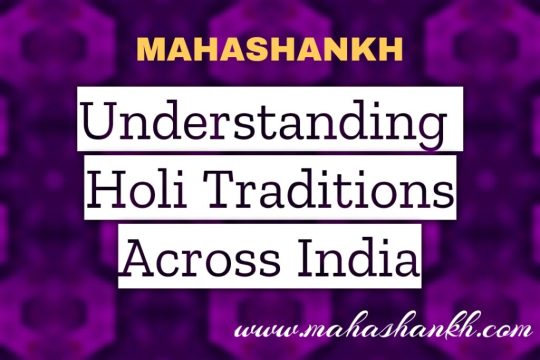
Traditional Treats and Delicacies: Indulging in Holi Specialties Holi, the festival of colors, is a vibrant tapestry woven from regional traditions and customs. While the spirit of joy and throwing colors remains constant, the way different communities celebrate Holi showcases India's rich cultural diversity. Let's explore some fascinating variations: North India: - Uttar Pradesh: Mathura and Vrindavan come alive with Lathmar Holi, a playful twist where women playfully chase men with sticks, reenacting the legend of Radha and Krishna. - Punjab: Hola Mohalla, a three-day celebration following Holi, features vibrant processions, martial arts displays, and spirited folk dances, showcasing the warrior spirit of the region. East India: - West Bengal: Dol Jatra or Dola Purnima is observed with colorful processions and rituals dedicated to Lord Krishna. People carry idols of Krishna and Radha amidst music and dance. - Odisha: Dola Jatra or Doul Yatra involves elaborate chariot processions carrying the idol of Lord Jagannath. People shower each other with colored powder and dance to the beats of traditional drums. West India: - Maharashtra: Rang Panchami, celebrated five days after Holi, is a vibrant affair with colors, water guns, and delicious treats. People visit each other's homes and exchange blessings. - Gujarat: Dhuleti, another name for Holi in Gujarat, involves throwing colored powder and water balloons. People also sing traditional folk songs like "Fagua" to mark the occasion. South India: - Tamil Nadu: Here, Holi is a more subdued affair called Ugadi, marking the Tamil New Year. People wear new clothes, decorate their homes with colorful kolams (floor art), and exchange gifts and greetings. - Kerala: Ukuli or Manjurulli is observed with the burning of a symbolic pyre, signifying the end of winter. People light bonfires and apply a paste made of charcoal and neem leaves for supposed medicinal benefits. Beyond Regional Variations: - Holika Dahan: The night before Holi, bonfires (Holika Dahan) are lit in many parts of India, symbolizing the burning of evil as depicted in the legend of Prahlad. - Community Feasts: After the color play, communities often come together for elaborate feasts featuring traditional delicacies specific to each region. - Prayers and Offerings: In some regions, special prayers and offerings are made to deities associated with Holi, seeking blessings for good harvest and prosperity. These are just a glimpse into the diverse ways communities celebrate Holi across India. Each region adds its unique flavor, making Holi a true celebration of India's cultural and traditional richness. So, if you have the opportunity to experience Holi in different parts of India, prepare to be amazed by the kaleidoscope of colors, customs, and traditions that come alive during this joyous festival!
Music, Dance, and Merrymaking: The Joyful Spirit of Holi Celebrations
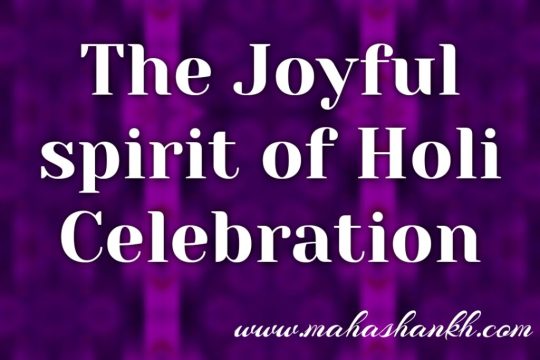
Music, Dance, and Merrymaking: The Joyful Spirit of Holi Celebrations Holi is an explosion of joy, music, and dance that transcends religious and social barriers. It's a time to let loose, celebrate life, and revel in the vibrant spirit of the festival. Here's a glimpse into the heart of Holi's jubilant atmosphere: Music that Moves You: - Energetic Beats: Holi is synonymous with upbeat Bollywood Holi anthems. Songs like "Balam Pichkari" and "Rang Barse" blare from speakers, turning streets and homes into open-air dance floors. - Traditional Rhythms: Folk music specific to each region adds a unique flavor to the celebrations. From the melodious Dhols of North India to the pulsating beats of Dhol in Gujarat, traditional instruments set the rhythm for vibrant folk dances. - Singing Along: Singing along to traditional Holi songs and bhajans (devotional hymns) is a big part of the festivities. It creates a sense of community and togetherness, as everyone joins in the joyful spirit. Dance Like Nobody's Watching: - Impromptu Dance Parties: Holi celebrations are not about formal steps or choreography. It's about letting loose, expressing joy through movement, and creating a sense of playful abandon. - Traditional Folk Dances: Each region boasts its own traditional folk dances performed during Holi. Bhangra and Gidda from Punjab, the Dandiya Raas of Gujarat, and the energetic Holi dance of Mathura are just a few examples. - Generational Celebration: Holi transcends age barriers. From young children to grandparents, everyone joins in the dance, creating a heartwarming spectacle of uninhibited joy. Beyond the Music and Dance: - Bhang Lassi: A special drink made with cannabis leaves and milk or yogurt, Bhang Lassi is traditionally consumed during Holi in some regions. It's believed to induce a sense of euphoria and contribute to the festive spirit (Note: Consumption of Bhang Lassi can be illegal in some regions, so it's important to be aware of local laws and customs). - Water Games: While throwing colors is central to Holi, playful water fights with pichkaris (water guns) add another layer of fun and frivolity to the celebrations. The Essence of Joy: Holi's music, dance, and merrymaking are more than just entertainment; they are the very essence of the festival. They embody the spirit of letting go of inhibitions, celebrating life's simple pleasures, and fostering a sense of community and togetherness. So, if you ever find yourself amidst a Holi celebration, don't hesitate to join the dance, embrace the vibrant colors, and let the joyous spirit of Holi sweep you away!
Holi Around the Nation: Regional Variations and Unique Customs
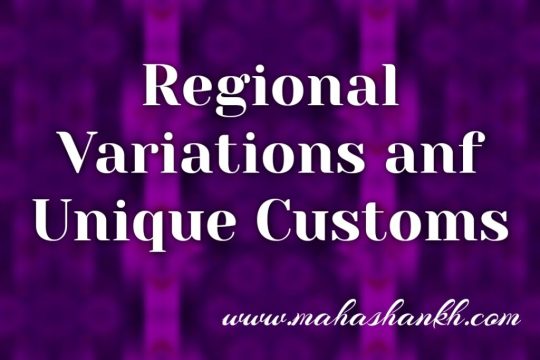
Holi, the festival of colors, is a kaleidoscope of vibrant traditions and customs that vary across India. Here's a journey through some of the fascinating regional variations that showcase the rich cultural tapestry of Holi: North India: - Mathura and Vrindavan (Uttar Pradesh): Come alive with Lathmar Holi, a playful twist where women playfully chase men with sticks, reenacting the legend of Radha and Krishna. - Punjab: Holi culminates in Hola Mohalla, a three-day extravaganza featuring vibrant processions, martial arts displays, and energetic folk dances, reflecting the region's warrior spirit. East India: - West Bengal: Celebrates Dol Jatra or Dola Purnima with colorful processions and rituals dedicated to Lord Krishna. Idols of Krishna and Radha are carried amidst music, dance, and joyous revelry. - Odisha: Dola Jatra or Doul Yatra involves spectacular chariot processions carrying the idol of Lord Jagannath. People shower each other with colored powder and dance to the beats of traditional drums. West India: - Maharashtra: Celebrates Rang Panchami five days after Holi. This vibrant affair features colors, water guns, delicious treats, and visits to exchange blessings, strengthening social bonds. - Gujarat: Embraces Dhuleti, another name for Holi, with throwing colored powder and water balloons. Read the full article
#AbundanceofBlessings#AncestralCustoms#AncientCustoms#AncientRituals#AncientWisdom#AppreciativeJoy#AuspiciousBeginnings#BlessingsGalore#BlissfulFestivities#BlissfulHarmony#BlissfulMoments#BloomingJoy#BollywoodHoliSongs#BondingMoments#BonfireNight#BonfireRitual#BrighteningLives#BurningEvilSpirits#CalmFestivities#CelebratingAncestry#CelebratingHappiness#CelebratingTogether#CelebratoryBliss#Centuries-oldCelebrations#CheerfulCelebrations#CherishedMemories#ColorSplash#ColorfulBlessings#ColorfulDecorations#ColorfulDiversity
0 notes